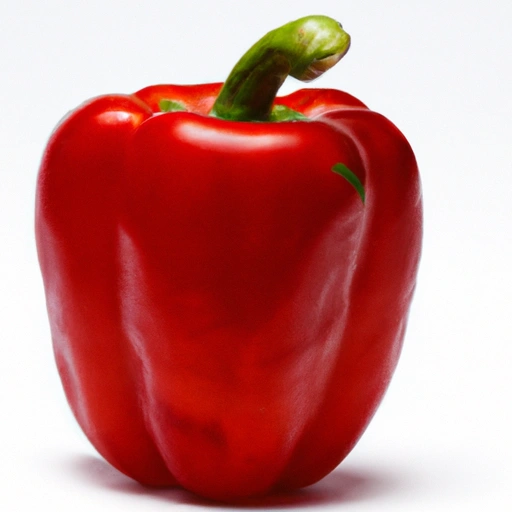Capsicum
Description

Capsicum, also known as bell pepper or sweet pepper, is a widely-used food ingredient cherished for its vibrant colors, sweet to tangy flavor, and versatility in culinary applications. Whether diced in a salad, roasted as a side, or stuffed with delicious fillings, capsicum is a global staple in both home kitchens and professional establishments. It is used in a variety of recipes, from Azjan spice mixes to American salads and European stews, making it a truly international ingredient.
Common uses
Capsicums are commonly used fresh in salads, grilled or roasted as a side dish, blended into sauces and salsas, stuffed with meat or grains, and pickled as a condiment. They are also dried and ground to produce paprika, a spice that is essential in many dishes for its color and flavor.
Nutritional value
Calories
One medium-sized capsicum (about 119 grams or 4.2 ounces) contains approximately 24 calories.
Protein
Capsicum provides about 1 gram of protein per serving.
Fat
This vegetable is very low in fat, with less than 0.5 grams per serving.
Carbohydrates
Capsicum contains about 4.5 grams of carbohydrates, which includes 2.6 grams of natural sugars and 1.7 grams of dietary fiber.
Vitamins
Capsicum is rich in Vitamin C, providing over 100% of the daily recommended intake in a single serving, and is also a good source of Vitamin A, Vitamin E, and several B vitamins.
Minerals
It provides minerals like potassium, magnesium, iron, and manganese.
Health benefits
Capsicum is celebrated for its high antioxidant content, including vitamins A and C, which help combat oxidative stress. The capsaicin in some capsicum varieties may aid in pain relief and metabolism boosting, whereas the fiber content supports digestive health. Regular consumption of capsicum can contribute to a healthy immune system and may play a role in preventing chronic diseases.
Potential risks
While capsicum is generally safe for consumption, individuals with nightshade sensitivities may experience adverse effects. Overconsumption of spicy varieties can lead to gastrointestinal discomfort for some people. Additionally, those on blood-thinning medication should manage their intake of foods rich in Vitamin K, like capsicum, to prevent interactions.
Common recipes
Capsicum is featured in a plethora of recipes such as stuffed peppers, fajitas, stir-fries, ratatouille, and as a topping on pizzas.
Cooking methods
It can be sautéed, roasted, grilled, steamed, or eaten raw. When cooking, capsicum should be added towards the end of the cooking time to retain its crisp texture and bright color.
Pairing with other ingredients
Capsicums pair well with onions, tomatoes, garlic, zucchini, eggplant, various cheeses, and meats such as chicken, beef, and pork.
Summary
Capsicum is a nutrient-dense, colorful ingredient that features prominently in a variety of global cuisines. Its ability to adapt to different flavors and preparations makes it a favorite among chefs and home cooks alike. From enhancing the nutritional content of a dish to providing a pop of color and flavor, capsicum is truly a cornerstone of culinary creativity.